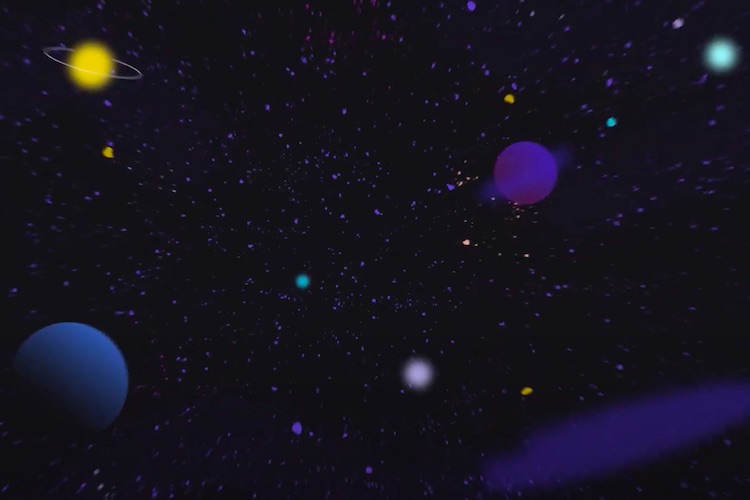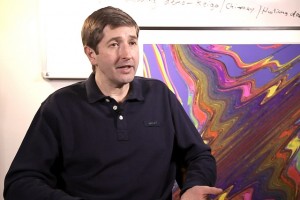Laser Frequency Combs in Astrophysics
Harvard Lecturer Ronald Walsworth on methods of exoplanets discovery, reference for spectral measurements, and...

On February 1, 2015 Monthly Notices of the Royal Astronomical Society published a paper “Misalignment between cold gas and stellar components in early-type galaxies” about the connection between cold gas depletion and galaxy evolution. We have asked leading author of this research, Dr. Ivy Wong from International Centre for Radio Astronomy Research, to comment on this work.
To determine how or why some galaxies experience a rapid shutdown of star formation, we examined the cold gas content of a pilot sample of 4 blue early-type galaxies thought to be undergoing rapid evolution. These galaxies are at 4 separate stages of evolution. We found that as these galaxies become more evolved, the amount of cold atomic Hydrogen gas decreases rapidly, and in the most evolved cases the remaining reservoir of cold atomic Hydrogen is completely displaced and offset from the main stellar body of the galaxy.
Astronomers are able to determine the average properties of the stellar population of galaxies. We can then model their star formation history using these stellar population properties. Through modelling the stellar population and star formation histories for a large sample of galaxies, we find that some galaxies evolve quickly while the majority of galaxies appear to evolve in a more sedate manner.
Many previous studies of fast-evolving galaxies have concentrated on post-starburst galaxies. Typically these are galaxies where stars are no longer forming but which have a significant population of very young stars. However through our modelling work, we think that these galaxies are evolving so quickly that any “smoking gun” for the sudden star formation truncation may have already disappeared from this population. In our earlier study, we found that these post-starbursts already resembled the structure and morphology of retired/passively-evolving red galaxies and will be indistinguishable from this retired population once the current generation of young stars begin to fade and redden. We decided to investigate the cause of such rapid evolution by examining the cold atomic Hydrogen content of the predecessor galaxies of these post-starbursts – galaxies known as blue early-type galaxies. For all intents and purposes, the blue early-type galaxies are still currently forming stars but are structurally similar to the post-starbursts.
Our pilot results show that we can gain much insight into the physical mechanisms driving galaxy evolution if we consider every component of a galaxy and that an interesting result can be found even from a small sample if the science question is carefully posed. At each wavelength of light, we are gaining a view of a different component via various emission mechanisms. Traditionally, observational astronomers are experts in a small wavelength range of light and so we are divided into specialist categories such as high-energy (X-ray and/or gamma ray), UV, optical, infrared and radio astronomers. However, it is clear that further progress in our understanding can only be made when multiwavelength observations are obtained to provide a more wholistic view of the Universe.

Harvard Lecturer Ronald Walsworth on methods of exoplanets discovery, reference for spectral measurements, and...

Chemist David Clary on quantum tunnelling, the rates of chemical reactions and how Schrödinger's equation help...

Physicist Marzena Szymanska on the properties of photons, fluids of light and whether it’s possible to make a ...